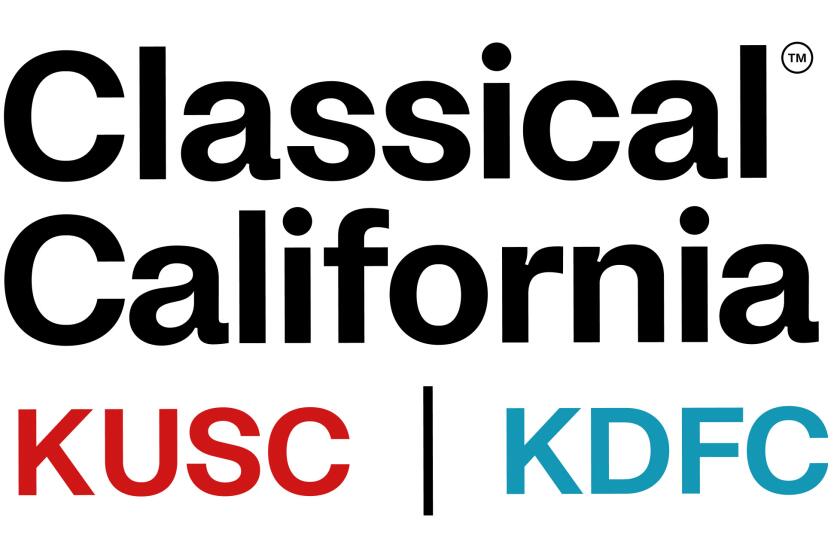Joint Venture Plans Overseas Mutiplexes : Movies: China and the Soviet Union will host the first projects of a U.S.-Japanese group. Satellite and laser disc technology will be used.
- Share via
Next fall, Beijing audiences will walk into one of four multiplex theaters in the Chinese capital to watch a Hollywood movie, the World Series or maybe even an L.A. Philharmonic concert. In one theater, language students might attend English classes broadcast from the United States; in another, medical students could get the chance to view an operation in progress at a European hospital.
That’s the vision of Jameson Entertainment Group and the Japanese firm Ikegami Electronics, who unveiled plans Thursday to build huge theaters--with eight to 18 screens--in China and the Soviet Union. They are negotiating with a dozen other foreign countries to build similar facilities and said that over time they plan to build 200,000 screens on five continents.
If their plans come to fruition, it could mark a major step in media technology. Feature films would be shown via high-definition laser disc and projected onto screens electronically--the first attempt to put this new technology into widespread theatrical use. Educational and TV programming would be broadcast into the theaters via satellite.
“This has all the elements to change the way entertainment and education will be presented in the future,” said Eugene (Duke) Koon, the Jameson Group’s vice president for finance. Company president Charles G. Jameson III said in an interview that “in places like China, only a small fraction of the world’s film and television product ever reaches the public. . . . Our complexes will be capable of showcasing television, feature film, pay-per-view music and sports events, even satellite conferences, all under one roof.”
But at a morning press conference, officials in the partnership provided few details about the level of funding that will be committed--or where it will come from. Koon said that governments or business consortiums in those countries will provide the land, buildings and labor. Jameson will provide the management and programming, while Ikegami--best known in Hollywood for its cutting-edge camera equipment--will provide the technology.
Jameson, a hotel designer and former film producer, estimated that Ikegami will put $500,000 to $1 million worth of equipment in each theater.
Representatives of the Jameson-Ikegami joint venture, which is teamed with the American marketing firm Azro Enterprises International, said the Chinese government has committed to build four experimental theater complexes--each with eight screens--in Beijing by next fall.
In the Soviet Union, a British-Soviet business venture called Muscovy International plans to build the complexes. Serge Konov, a Muscovy director, said in an interview that the firm plans to build 50 theaters in the first year, most of them in Moscow and Leningrad.
For audiences in those countries, these theaters could provide an important new source of media, entertainment and education. News programs, for example, could be broadcast live to Beijing audiences, raising delicate issues about how much the government will want to censor. “China does impose censorship and we will have to be very sensitive to that,” said Koon.
For Hollywood, the news is important because it moves studios and exhibitors closer to the day when shipping cans of 35mm film to far-flung theaters becomes a thing of the past. Laser discs cost $15 each, compared to about $1,500 to distribute a movie on film. They also resist deterioration, so audiences won’t be subjected to seeing scratches and tears on the screen.
“It has the look of film, but with laser discs there is high-definition resolution that doesn’t wear out,” said Mike Malcy, a U.S.-based national sales manager for Ikegami. In addition, Ikegami’s laser disc will be encoded to prevent piracy--a nagging problem for Hollywood studios in foreign markets. The coded imprint prevents each disc from being played on anything other than Ikegami’s theater equipment.
More to Read
The biggest entertainment stories
Get our big stories about Hollywood, film, television, music, arts, culture and more right in your inbox as soon as they publish.
You may occasionally receive promotional content from the Los Angeles Times.










